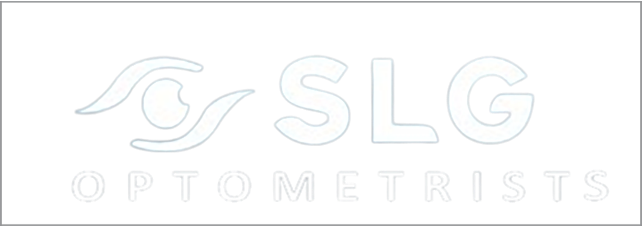MYOPIA (NEARSIGHTEDNESS)
Myopia, also known as nearsightedness, is a condition in which a person can see near objects more clearly than distant objects. Myopia is usually the result of a larger than normal eye. In the myopic eye, light rays from distant objects focus before they reach the retina. The result is blurred vision. A tendency for myopia may be inherited; frequent or prolonged near work may influence its progression. It is typically detected in school-age children, may worsen during adolescence, and generally stabilizes between the ages of 20 and 40 years of age.
Signs and Symptoms
Blurred vision, inability to see distant objects clearly.
Treatment
Spectacles, contact lenses or refractive surgery.
HYPEROPIA (FARSIGHTEDNESS)
Hyperopia, also known as farsightedness, is a condition in which a person can see distant objects more clearly than near objects. Hyperopia usually occurs when an eyeball is smaller than normal.
When an eyeball is small, light rays from near objects do not focus properly on the retina at the back of the eye. The result is blurred vision.
It may be inherited.
Signs and Symptoms
Blurred vision, inability to see near objects clearly
Treatment
Spectacles, Contact lenses, Conductive keratoplasty (CK) or LASIK
ASTIGMATISM
Hyperopia, also known as farsightedness, is a condition in which a person can see distant objects more clearly than near objects. Hyperopia usually occurs when an eyeball is smaller than normal.
When an eyeball is small, light rays from near objects do not focus properly on the retina at the back of the eye. The result is blurred vision.
It may be inherited.
Signs and Symptoms
Blurred vision, inability to see near objects clearly
Treatment
Spectacles, Contact lenses, Conductive keratoplasty (CK) or LASIK
COMPUTER VISION SYNDROME (CVS)
Astigmatism is a condition in which objects, both near and distant, appear blurred. The cornea and lens of the eye should be spherical(round). When one or both are curved more steeply in one meridian than another, the optics take on a toric shape (like a rugby ball). This uneven curvature prevents light rays entering the eye from focusing to a single point on the retina, blurring the visual image. Astigmatism may also occur in combination with near or farsightedness.
Signs and Symptoms
Blurred vision of near and distant objects; eyestrain and fatigue.
Treatment
Spectacles , contact lenses or surgery.


